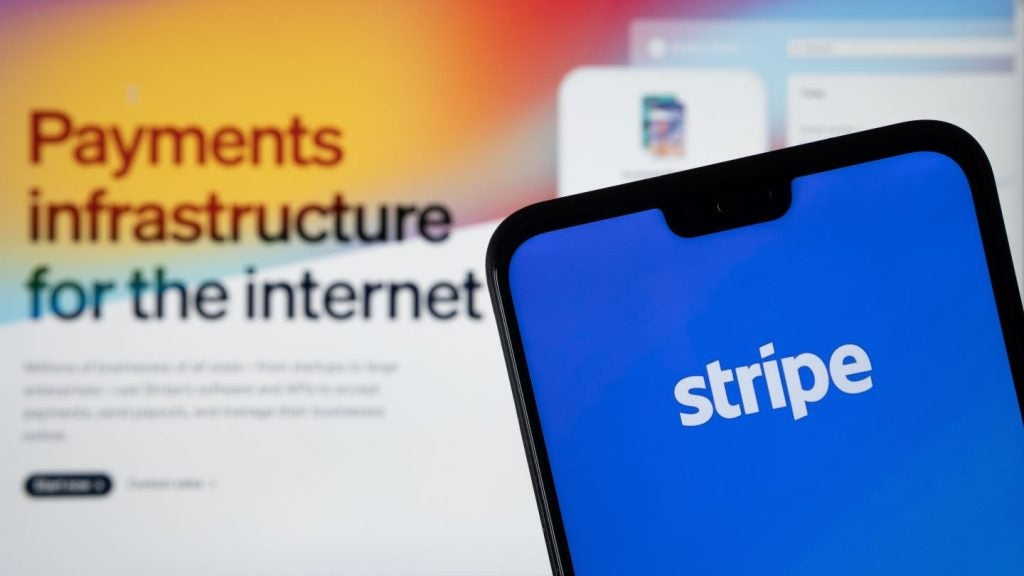With its economy heavily dependent on depleting oil resources, Oman has tried to diversify into other sectors, particularly tourism and gas. It is aiming to reduce oil’s contribution to GDP to 9% by 2020, and create more jobs for the growing population.
With the government and banks striving to offer better services to the banked population, and banks expanding their presence and improving the banking infrastructure, Oman’s cards and payments industry grew between 2009 and 2013.
During this period, a recovery in crude oil prices, supported by sustained domestic demand and an accommodative monetary policy by the Central Bank of Oman (CBO), resulted in positive growth for the banking industry. The Eighth-Five Year Development-Plan (2011-2015) emphasises huge public investments, and the development of the tourism and software sectors, enabling positive economic growth.
Checks and credit transfers were the preferred payment instruments, having a combined industry share of 96.6% in 2013, in terms of transaction value. The share of payment cards is increasing, as banks and the government are increasing benefits and awareness levels among consumers and merchants, as well as encouraging customers to use cashless transactions.
Steps taken by banks to ensure safer transactions, supported by improved banking infrastructure, new product developments and a growing awareness of electronic payments, were the main drivers of growth. Growth in e-commerce and retail were also key drivers.
The juggernaut debit card market
Debit cards remained the preferred payment card between 2009 and 2013, in terms of transaction value, growing from OMR2.1bn ($5.6bn) in 2009 to OMR3.2bn in 2013, at a CAGR of 10.78%. This value is anticipated to reach OMR4.5bn in 2018, at a CAGR of 6.91% from 2014.

US Tariffs are shifting - will you react or anticipate?
Don’t let policy changes catch you off guard. Stay proactive with real-time data and expert analysis.
By GlobalDataMost consumers prefer to use debit cards to withdraw cash from ATMs, rather than at POS terminals. An increase in the number of POS terminals, as well as banks’ steps to enhance security measures for debit cards and encourage consumers to increasingly use their debit cards by offering discounts, card fraud insurance, SMS transaction alerts and emergency cash services, helped the debit cards market to grow between 2009 and 2013, in terms of both transaction value and volume.
Oman moving towards a cashless society
The CBO has appealed to the country’s residents to use non-cash payments as often as possible, including salary and other routine payments or withdrawals.
To support this, the National e-Payment Gateway system was introduced in July 2012 in association with MasterCard as an electronic payment gateway service that offers payment services for the e-commerce industry, promoting online business and enabling consumers to shop and pay bills online.
In June 2014, Bank Muscat introduced a biometric system for e-cards to improve transaction efficiency and speed. This will enable secure e-card transactions at Royal Oman Police directorates, ministries and government establishments as a national ID, and resident cards can be loaded with cash at Bank Muscat branches. Debit and credit card transaction volumes and values at ATMs and at POS terminals increased between 2009 and 2013, indicating a rising willingness to make cashless transactions.
E-commerce aiding card payments
Oman has emerged as a key market for e-commerce in the Middle East. Rising internet and smartphone penetration, coupled with a rising number of online retailers of books, electronics, fashion products, games and products, fuelled e-commerce’s growth. Internet penetration in Oman grew from 26.8 in 2009 to 69.5 in 2013, primarily as a result of improved infrastructure and increased internet use, mainly by younger people.
According to the Oman Internet Users and E-commerce Survey 2014, 19.4% of adult internet users in the country use e-commerce to buy products or services, or pay bills online. According to a 2014 study by MasterCard on Omani consumers’ Online Shopping Behavior, consumers are increasingly using the internet for online shopping.
Customer segmentation to increase card volumes
Specific customer segments such as high-income individuals, women, teenagers, and internet users are yet to be fully explored by Omani card issuers. Targeting different customer groups is an important strategy used by banks to increase the number of cards in circulation.
In February 2014, Bank Muscat introduced Oman’s first premium Visa Signature credit card for Asalah priority banking customers, targeted at high net worth individuals (HNWIs). Bank Dhofar introduced its first credit cards for university and college students in March 2014, offering students discounts at shopping outlets and libraries in both Oman and around the world.
Islamic banking to push the market forward
Islamic banking is a familiar concept in the Middle East. It was introduced in Oman in 2011, after a decision by the CBO to diversify and widen its banking services; it has since become increasingly important, with Islamic banking and Sharia-compliant cards becoming more popular.
Bank Nizwa partnered with MasterCard in October 2013 to offer Sharia-compliant debit cards in Oman, and in October 2014 also introduced the exclusively designed MasterCard Platinum debit card for women, with a mother of pearl design, to extend its Islamic banking services.
Similarly in November 2014, Al Hilal Bank introduced a Sharia-compliant Visa credit card in Oman. According to the bank, the card offers premium benefits to users, including free access to more than 500 airport lounges worldwide, 25% discounts in restaurants and a 24-hour concierge service, among others. The bank also contributes a fixed percentage to charity every time the card is used.
Sharia-compliant cards and Islamic banking services are expected to drive the growth of the card payments channel over the forecast period, in terms of volume.
Technologically advanced cards with enhanced security features
Card fraud grew from OMR1.6m in 2009 to OMR1.9m in 2013. With banks’ commitment to offer enhanced security standards and more technologically advanced cards, the CBO proposed to migrate all magnetic strip cards to more secure EMV chip-and-PIN debit and credit cards in February 2012.
In September 2014, Bank Muscat partnered with Visa to offer the Verified by Visa (VbV) service to enhance debit card security for online transactions. VbV offers an additional layer of security for online transactions, reducing the possibility of fraud. Enhanced security measures are expected to be a key growth driver over the forecast period, as they will offer encourage users to make secure online transactions.
Growing banking infrastructure
The growth of POS terminals is an important infrastructure driver. The number of POS terminals in Oman recorded a CAGR of 11.98%, rising from 6,395 in 2009 to 10,055 in 2013. With the increased number of retail POS terminals, the potential of card-based payments in Oman is also expected to grow.
POS terminal penetration, calculated as the number of POS terminals per 100,000 inhabitants, also rose from 221.8 in 2009 to 315.6 in 2013. It is expected to expand further, to reach 373.1 in 2018.
The number of ATMs increased at a CAGR of 5.62%; from 863 in 2009 to 1,074 in 2013, and is anticipated to increase even more, from 1,123 in 2014 to 1,317 in 2018, at a CAGR of 4.07%. Banks are also expanding their ATM networks to increase customer convenience.







